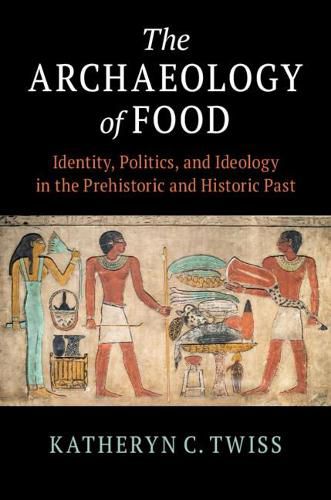Readings Newsletter
Become a Readings Member to make your shopping experience even easier.
Sign in or sign up for free!
You’re not far away from qualifying for FREE standard shipping within Australia
You’ve qualified for FREE standard shipping within Australia
The cart is loading…






The Archaeology of Food explains how archaeologists reconstruct what people ate, and how such reconstructions reveal ancient political struggles, religious practices, ethnic identities, gender norms, and more. Balancing deep research with accessible writing, Katheryn Twiss familiarizes readers with archaeological data, methods, and intellectual approaches as they explore topics ranging from urban commerce to military provisioning to ritual feasting. Along the way, Twiss examines a range of primary evidence, including Roman bars, Aztec statues, Philistine pig remains, Nubian cooking pots, Mississippian squash seeds, and the bones of a medieval king. Her book introduces both archaeologists and non-archaeologists to the study of prehistoric and historic foodways, and illuminates how those foodways shaped and were shaped by past cultures.
$9.00 standard shipping within Australia
FREE standard shipping within Australia for orders over $100.00
Express & International shipping calculated at checkout
The Archaeology of Food explains how archaeologists reconstruct what people ate, and how such reconstructions reveal ancient political struggles, religious practices, ethnic identities, gender norms, and more. Balancing deep research with accessible writing, Katheryn Twiss familiarizes readers with archaeological data, methods, and intellectual approaches as they explore topics ranging from urban commerce to military provisioning to ritual feasting. Along the way, Twiss examines a range of primary evidence, including Roman bars, Aztec statues, Philistine pig remains, Nubian cooking pots, Mississippian squash seeds, and the bones of a medieval king. Her book introduces both archaeologists and non-archaeologists to the study of prehistoric and historic foodways, and illuminates how those foodways shaped and were shaped by past cultures.